Choosing the perfect diamond shape for your engagement ring is a crucial decision that impacts both aesthetics and value. Whether you’re searching for yourself or your partner, understanding different diamond shapes helps you make an informed choice that matches your style and budget.
Key Takeaways
- Round brilliant diamonds offer maximum sparkle but come at premium prices
- Fancy shapes like oval and pear can appear larger than round diamonds of the same carat
- Lab-grown diamonds provide identical quality at better value across all shapes
- Cut quality affects a diamond’s brilliance regardless of its shape
- Some shapes require higher clarity grades to appear their best
Understanding Diamond Cut vs. Shape
Before exploring specific shapes, it’s essential to understand that “diamond cut” and “shape” are different considerations. Diamond cut refers to the quality of how well a diamond is cut, graded from Ideal to Poor. A well-cut diamond maximizes light reflection, brilliance, sparkle, and overall visual appeal. In contrast, diamond shape describes the geometric form of the diamond, such as round, oval, or princess. Both elements work together to create the diamond’s final appearance.
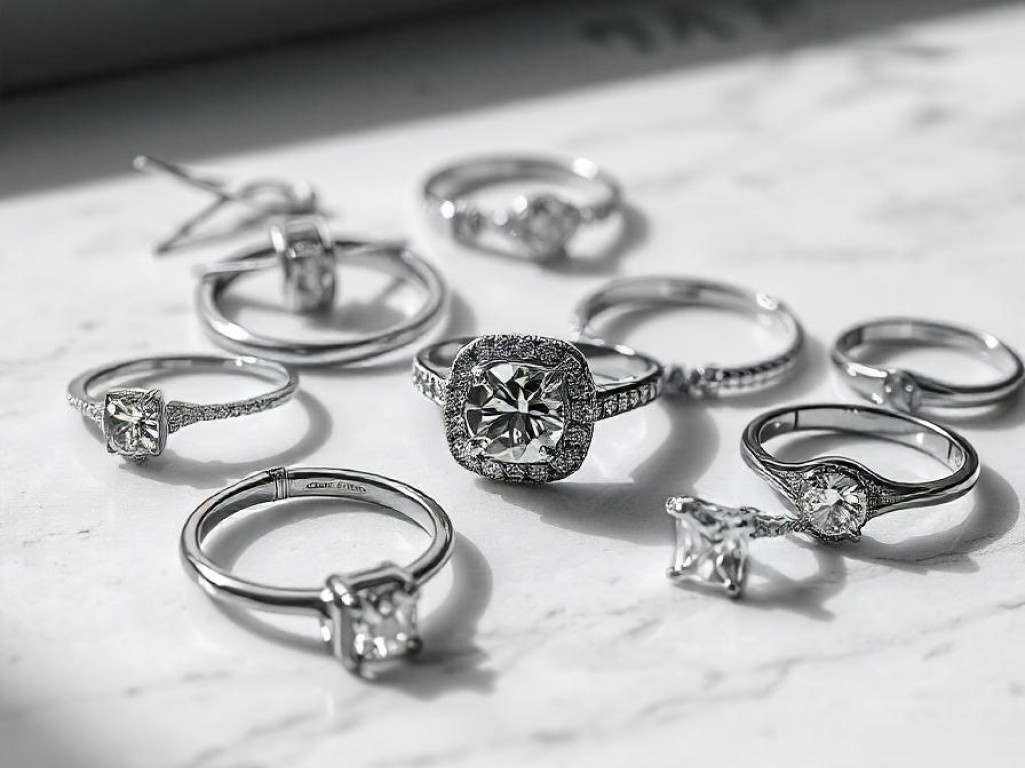
Complete Guide to Diamond Shapes
Round Brilliant
The round brilliant cut stands as the most sought-after diamond shape, accounting for approximately 75% of all diamond purchases worldwide. Its enduring popularity stems from its unmatched ability to deliver maximum brilliance and fire through its perfectly calculated 57 or 58 facets. This timeless shape has been refined over centuries to achieve optimal light performance, making it the most extensively researched and mathematically optimized diamond cut. While it commands the highest price per carat due to both demand and the greater rough diamond weight lost during cutting, many consider this premium worthwhile for its superior sparkle and classic appeal. The round brilliant’s versatility allows it to shine in virtually any setting style, from traditional solitaires to modern tension settings.
Princess Cut
As the second most popular diamond shape, the princess cut brings modern elegance to the traditional engagement ring. This contemporary square shape offers exceptional brilliance that rivals the round brilliant, thanks to its unique faceting pattern that creates a distinctive “X” pattern when viewed from above. Despite its relatively recent introduction in the 1960s, the princess cut has gained widespread appeal for its clean lines and architectural feel. One of its most attractive features is its affordability compared to round brilliants, as its shape allows for minimal rough diamond waste during cutting. When choosing a princess cut, consider that its pointed corners benefit from protective settings to prevent chipping, and its faceting pattern may show color more readily than round brilliants.
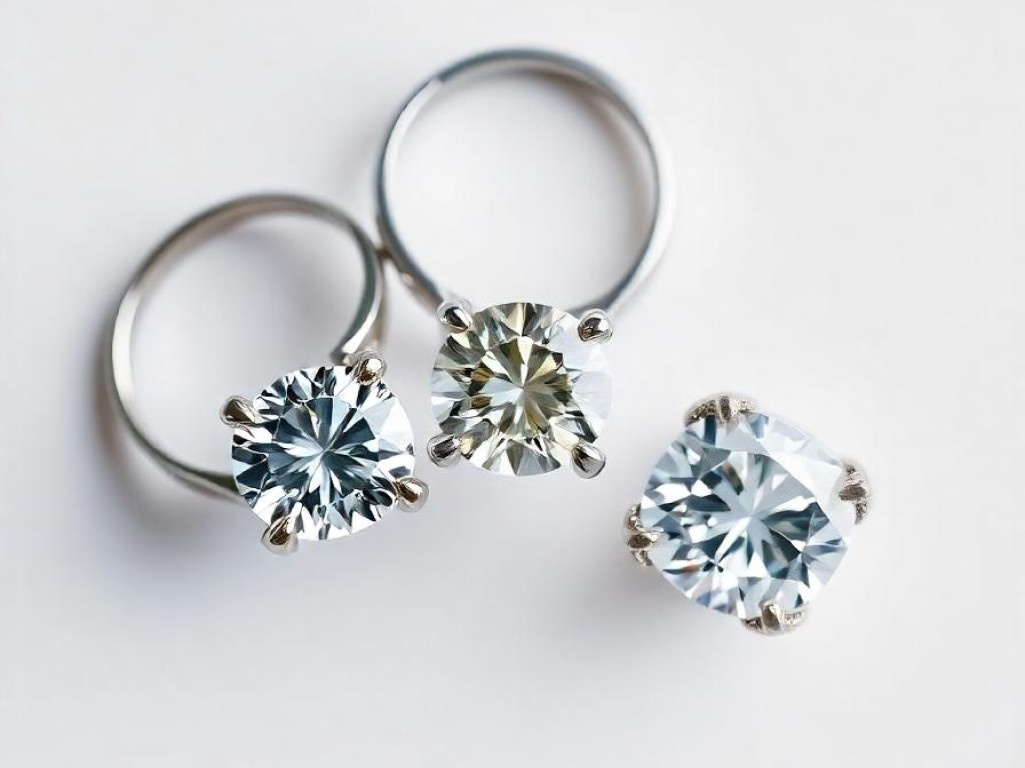
Cushion Cut
The cushion cut diamond combines classic romance with contemporary brilliance through its pillow-like appearance created by rounded corners and curved sides. Drawing inspiration from the old mine cut, which dominated diamond fashion for centuries, modern cushion cuts offer two distinct varieties: the classic cushion cut and the crushed ice effect. The classic cushion displays larger facets and a clearer pattern, while the crushed ice version features additional facets that create a more intricate, sparkly appearance. This shape particularly excels at displaying fire (colored light dispersion) and performs beautifully in both square and rectangular variations. Its soft corners make it extremely durable for everyday wear, while its vintage-inspired look appeals to those seeking a romantic, timeless aesthetic.
Oval Cut
The oval cut diamond seamlessly blends the superior sparkle of the round brilliant with an elongated shape that creates a slimming effect on the finger. This sophisticated shape typically appears larger than round diamonds of the same carat weight due to its extended surface area. When selecting an oval diamond, pay particular attention to the length-to-width ratio to find the most pleasing proportions for your taste – most prefer ratios between 1.55 to 1.70. While oval diamonds are known for their versatility in ring designs, potential buyers should examine each stone for the bow-tie effect, a dark pattern that can appear across the center of the stone. The best oval cuts minimise this effect while maximising the diamond’s natural brilliance and fire.
Emerald Cut
The emerald cut diamond exemplifies sophisticated elegance through its distinctive step-cut faceting pattern and rectangular shape. Unlike brilliant cuts, the emerald cut features long, linear facets that create a hall-of-mirrors effect, producing a different kind of visual appeal that emphasizes clarity over sparkle. This architectural design dates back to the Art Deco era and continues to attract those who appreciate its clean lines and geometric precision. The emerald cut’s large, open table (top surface) requires high-clarity diamonds, as inclusions are more visible in this cut. However, this same characteristic also makes emerald cuts appear larger than other shapes of the same carat weight, offering excellent value for those seeking a statement piece with vintage appeal.
Pear Shape
The pear-shaped diamond, also known as the teardrop, masterfully combines the brilliance of a round cut with the elegant elongation of a marquise. This unique shape requires precise cutting to achieve optimal symmetry and a well-defined point. When properly executed, the pear shape creates a slenderizing effect on the finger and offers remarkable versatility in how it can be worn – with the point facing either up or down. The length-to-width ratio typically ranges from 1.50 to 1.75, with 1.65 being considered ideal by many experts. Pear-shaped diamonds often present excellent value, as they tend to face up larger than round brilliants of the same carat weight while typically commanding lower prices per carat.
Marquise Cut
The marquise cut boasts a fascinating history, allegedly commissioned by King Louis XV to mirror the shape of his mistress’s lips. This elongated brilliant cut features pointed ends and a curved body that creates an illusion of greater size while flattering the wearer’s hand. The marquise cut’s unique form allows it to appear larger than other shapes of similar carat weight, making it an excellent choice for maximizing apparent size while maintaining an elegant profile. When selecting a marquise diamond, symmetry is paramount – the two points should align perfectly, and the curves should form a graceful, even outline. The optimal length-to-width ratio typically falls between 1.75 and 2.25, though personal preference plays a significant role in this choice.
Radiant Cut
The radiant cut represents a masterful fusion of the emerald cut’s elegant shape with the round brilliant’s spectacular light performance. Created in 1977, this relatively modern cut features cut corners and 70 precisely organized facets that produce exceptional brilliance and fire. The radiant cut’s unique faceting pattern helps mask inclusions better than many other shapes, making it possible to select a slightly lower clarity grade without compromising visual appeal. Available in both square and rectangular variations, radiant cut diamonds offer versatility in design while maintaining their distinctive sparkle. This shape particularly appeals to those who appreciate the clean lines of step cuts but desire the fire and brilliance of a round brilliant.
Asscher Cut
The Asscher cut, developed in 1902 by the Asscher Brothers of Holland, represents the epitome of Art Deco sophistication. This octagonal step-cut diamond features a square shape with cut corners, creating a distinctive “X” pattern when viewed from above. The cut’s deep pavilion and high crown create a fascinating play of light different from brilliant cuts, producing what connoisseurs often refer to as a “hall of mirrors” effect. Like its cousin the emerald cut, the Asscher cut demands high clarity due to its large, open table and step-cut facets. The traditional Asscher cut typically has 58 facets, while the modern Royal Asscher features 74 facets for enhanced brilliance. Most sought-after Asscher cuts maintain a length-to-width ratio of 1:1 for perfect symmetry.
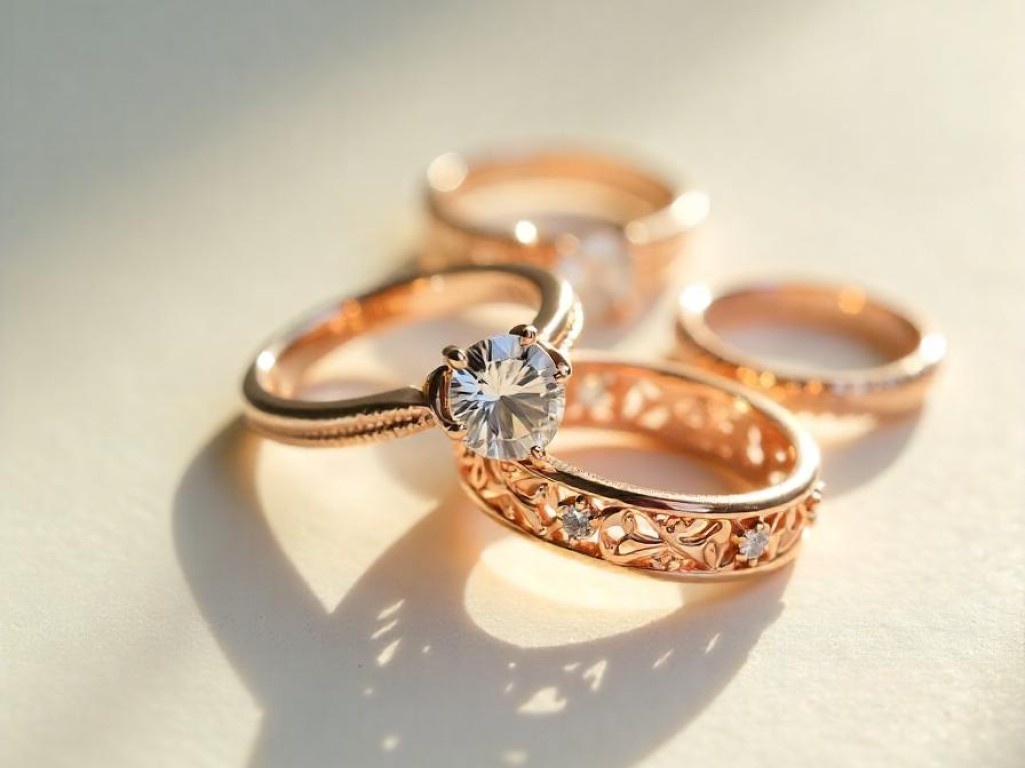
Trillion Cut
The trillion cut diamond, with its triangular shape and brilliant faceting pattern, offers a truly distinctive choice for engagement rings. Originally developed as a side stone to complement larger center diamonds, the trillion has evolved into a captivating center stone option for those seeking something uniquely modern. The cut typically features either straight or slightly curved sides, with the curved variation offering better durability. When used as a center stone, trillions often appear larger than their actual carat weight due to their broad, flat surface area. The cut’s unique geometry creates fascinating light patterns, though setting selection requires careful consideration to protect the pointed corners. Most preferred trillion cuts maintain an equal-sided triangle shape with a depth percentage that ensures optimal brilliance.
Heart Shape
The heart-shaped diamond represents the ultimate symbol of romance in engagement rings. This modified brilliant cut requires exceptional skill to execute properly, as it must maintain perfect symmetry between its two lobes while creating a distinctive cleft and point. The most appealing heart shapes typically have a length-to-width ratio between 0.90 and 1.10, ensuring the heart shape is immediately recognizable and proportionate. This cut performs best in larger carat weights, typically one carat or larger, as the distinctive heart shape becomes more difficult to perceive in smaller stones. When selecting a heart-shaped diamond, pay particular attention to the definition of the cleft and the symmetry of the lobes, as these features significantly impact the stone’s overall beauty and character.
Making Your Selection
Selecting the perfect diamond shape involves balancing personal style, practical considerations, and budget constraints. Consider how different shapes complement your hand size and finger length, as well as your lifestyle and daily activities. Remember that while certain shapes may command premium prices, others offer excellent value while still providing stunning beauty. Whether you choose a classic round brilliant or one of the fancy shapes, ensure the cut quality is excellent to maximise the diamond’s natural beauty and brilliance.
Remember that while trends may come and go, the perfect diamond shape is ultimately the one that speaks to your personal taste and makes you feel confident and beautiful every time you wear it.



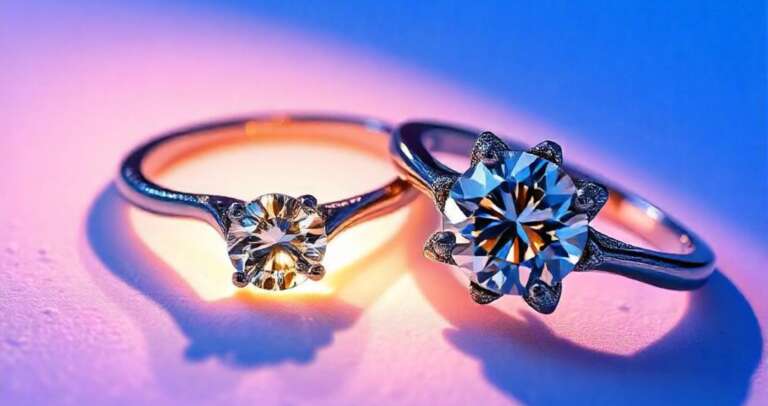
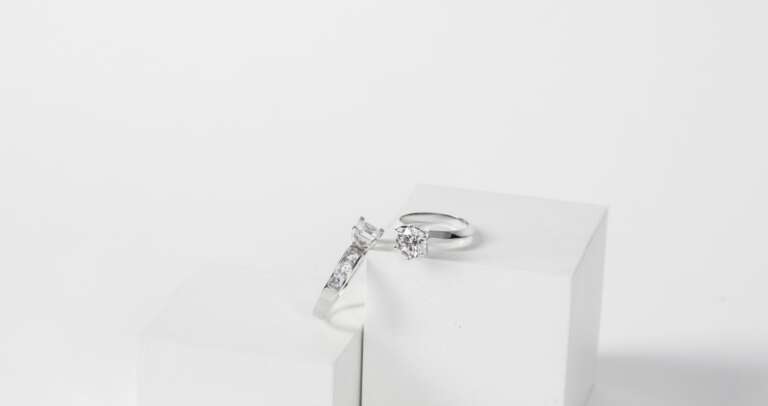
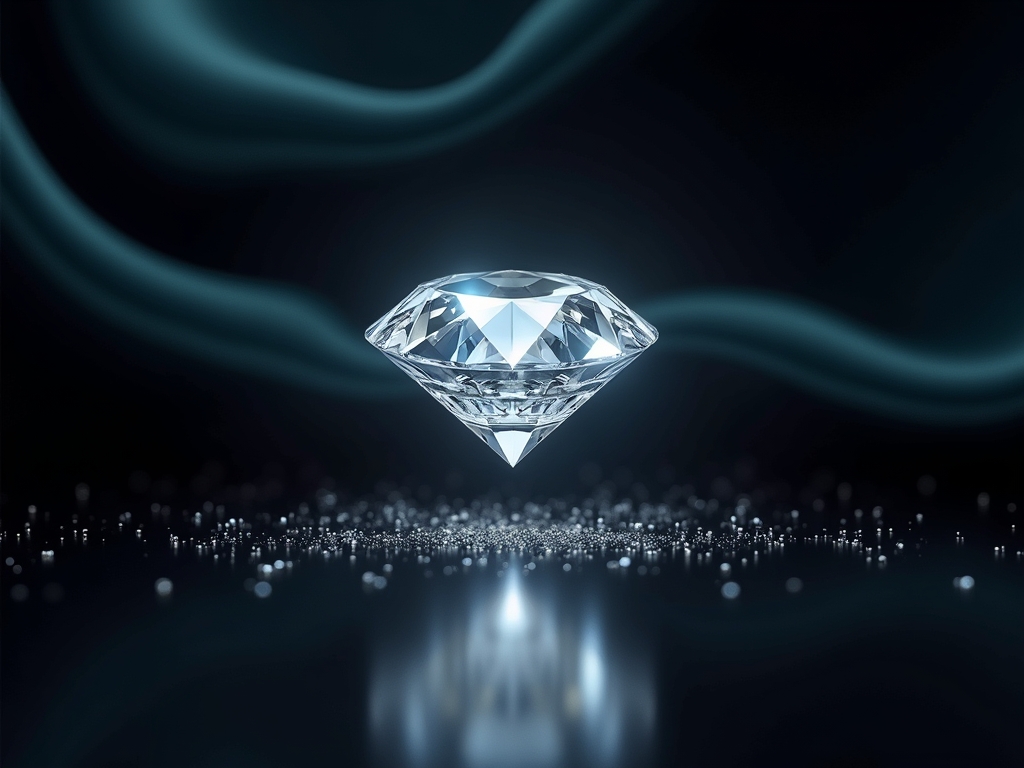
Leave a Comment